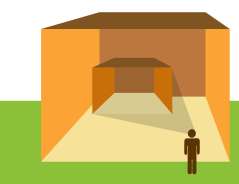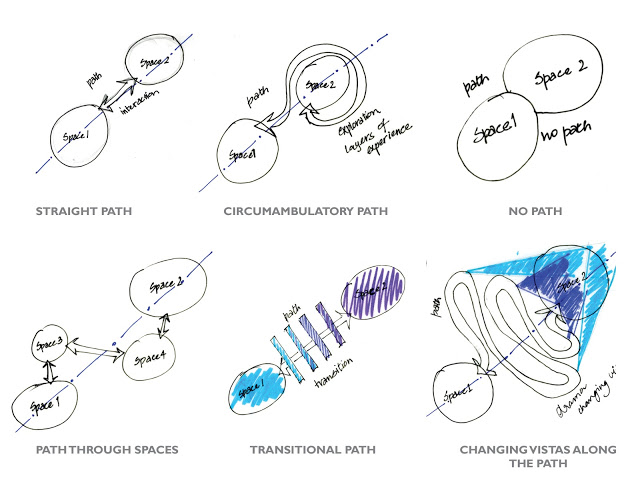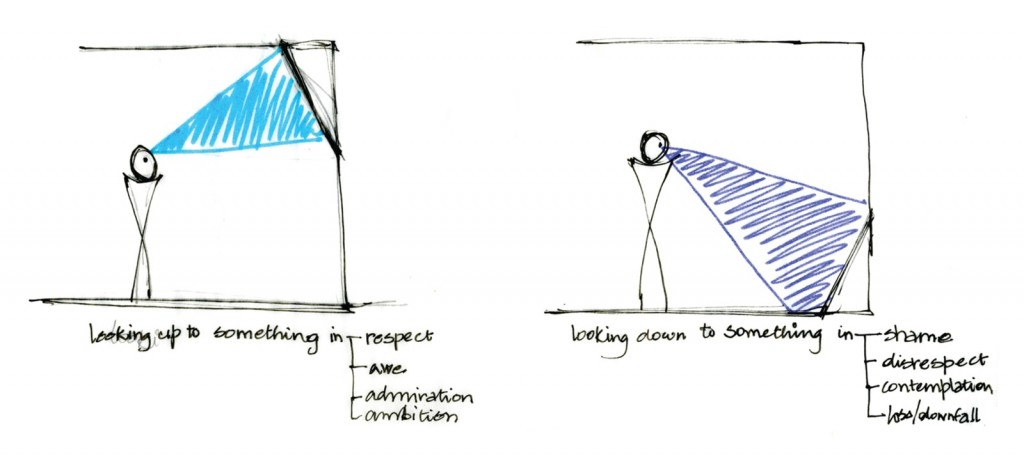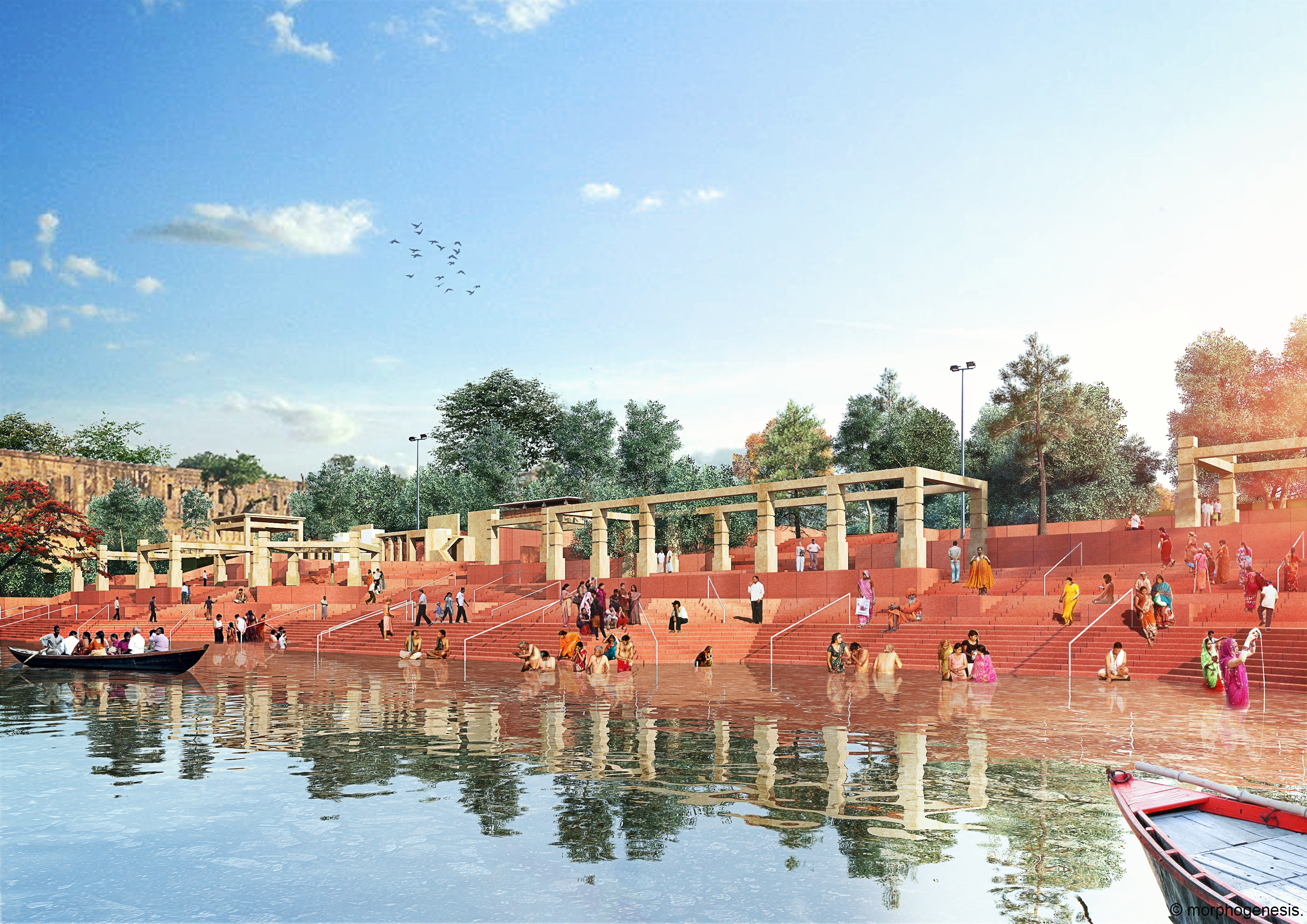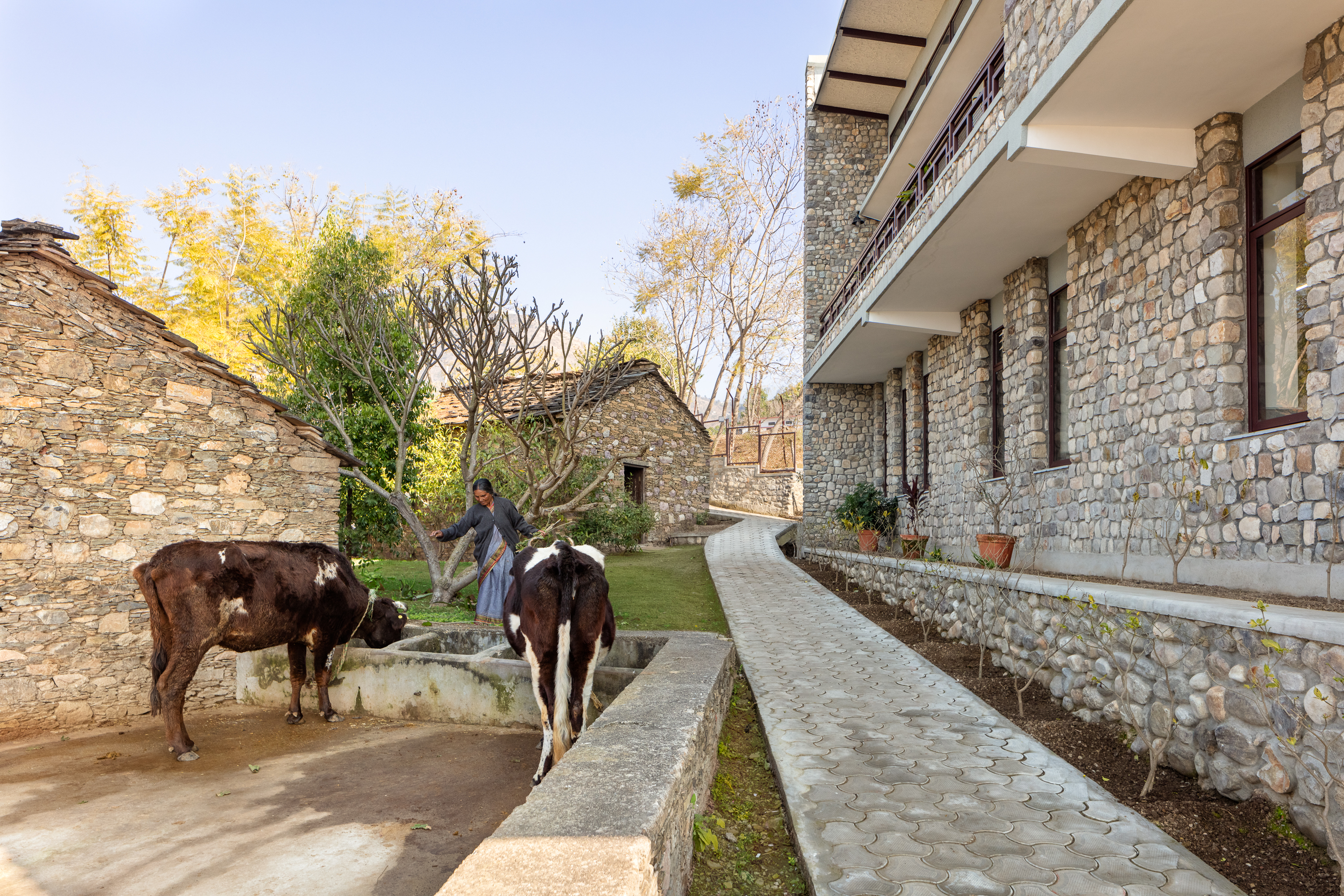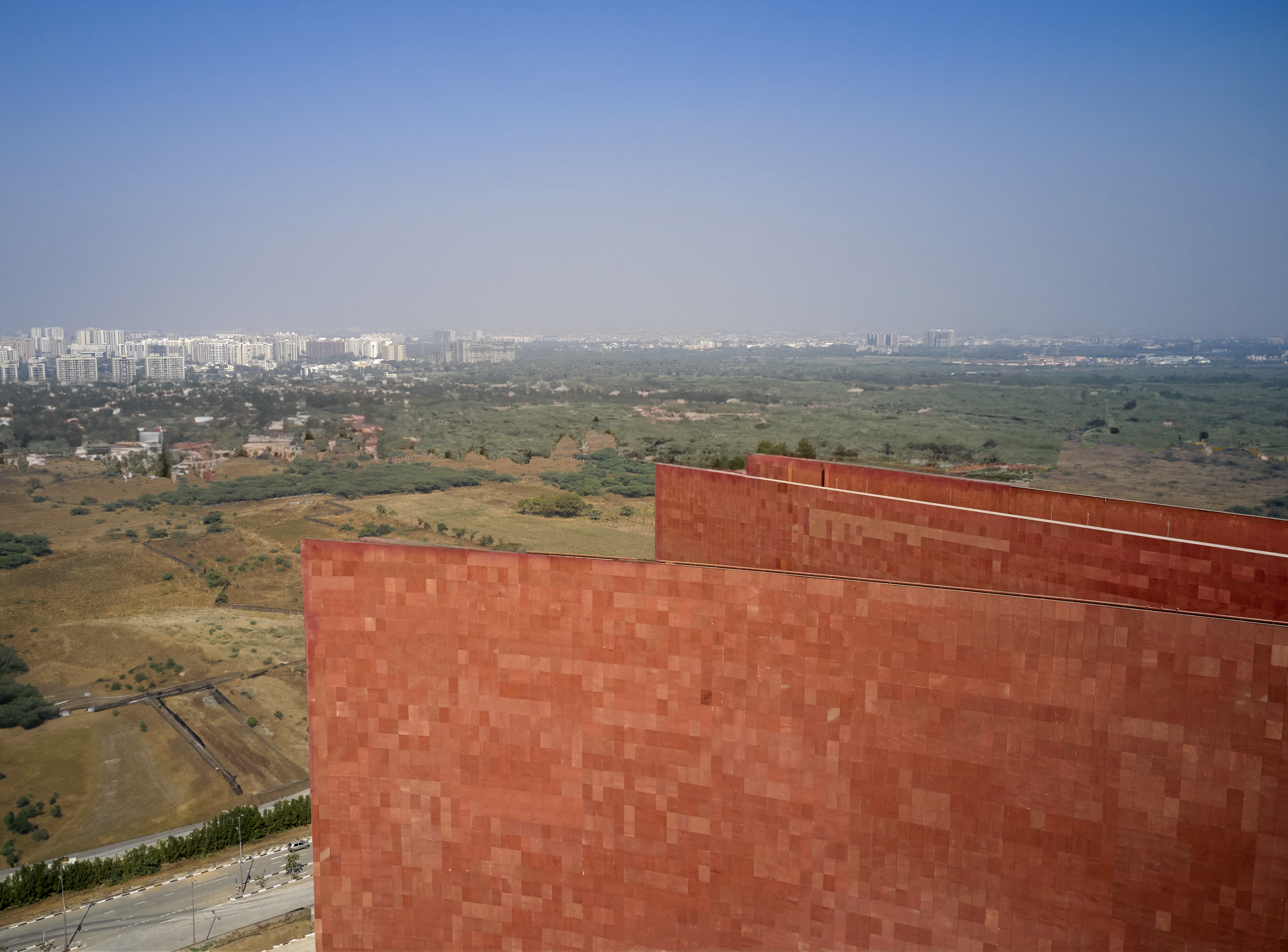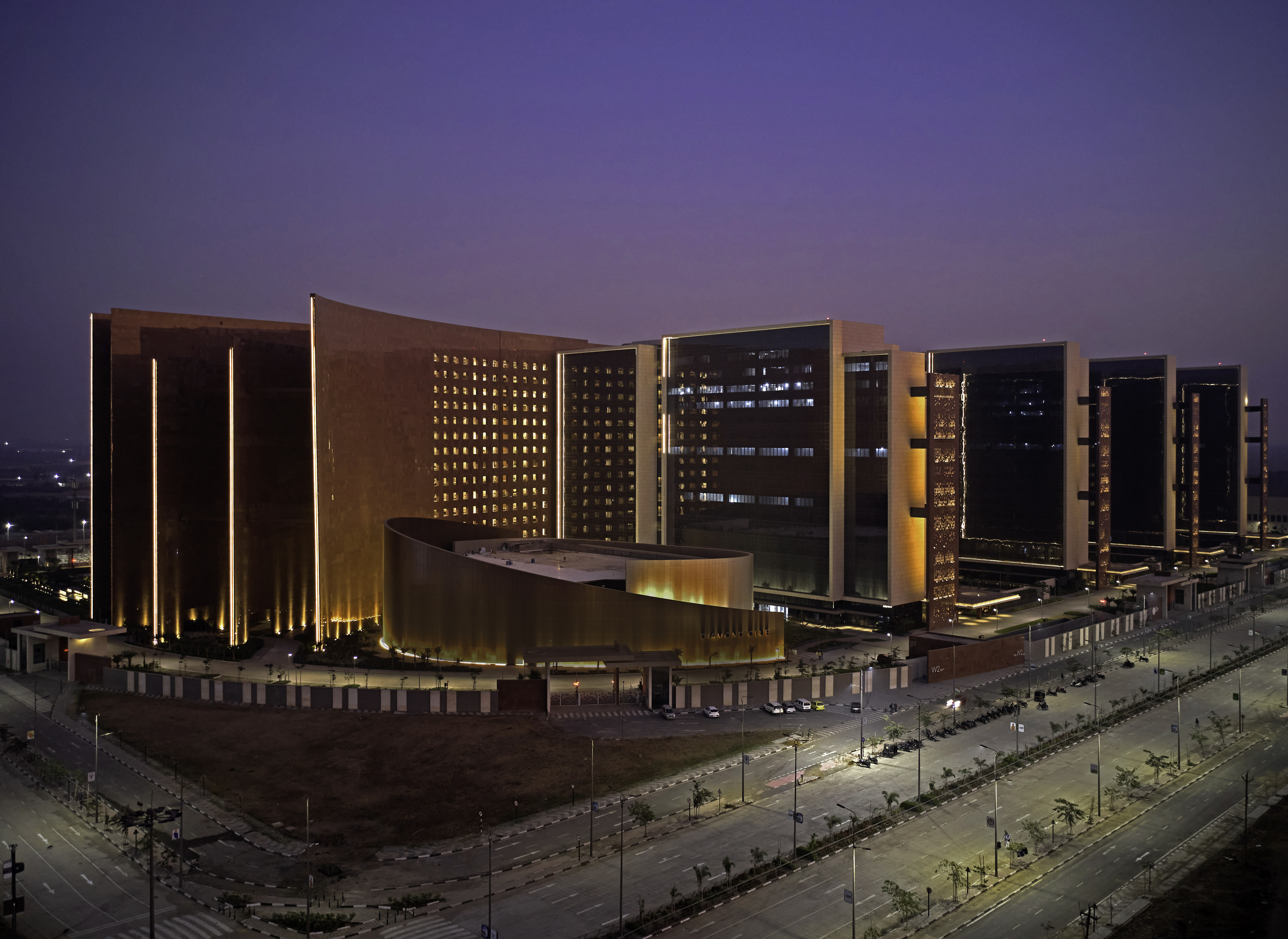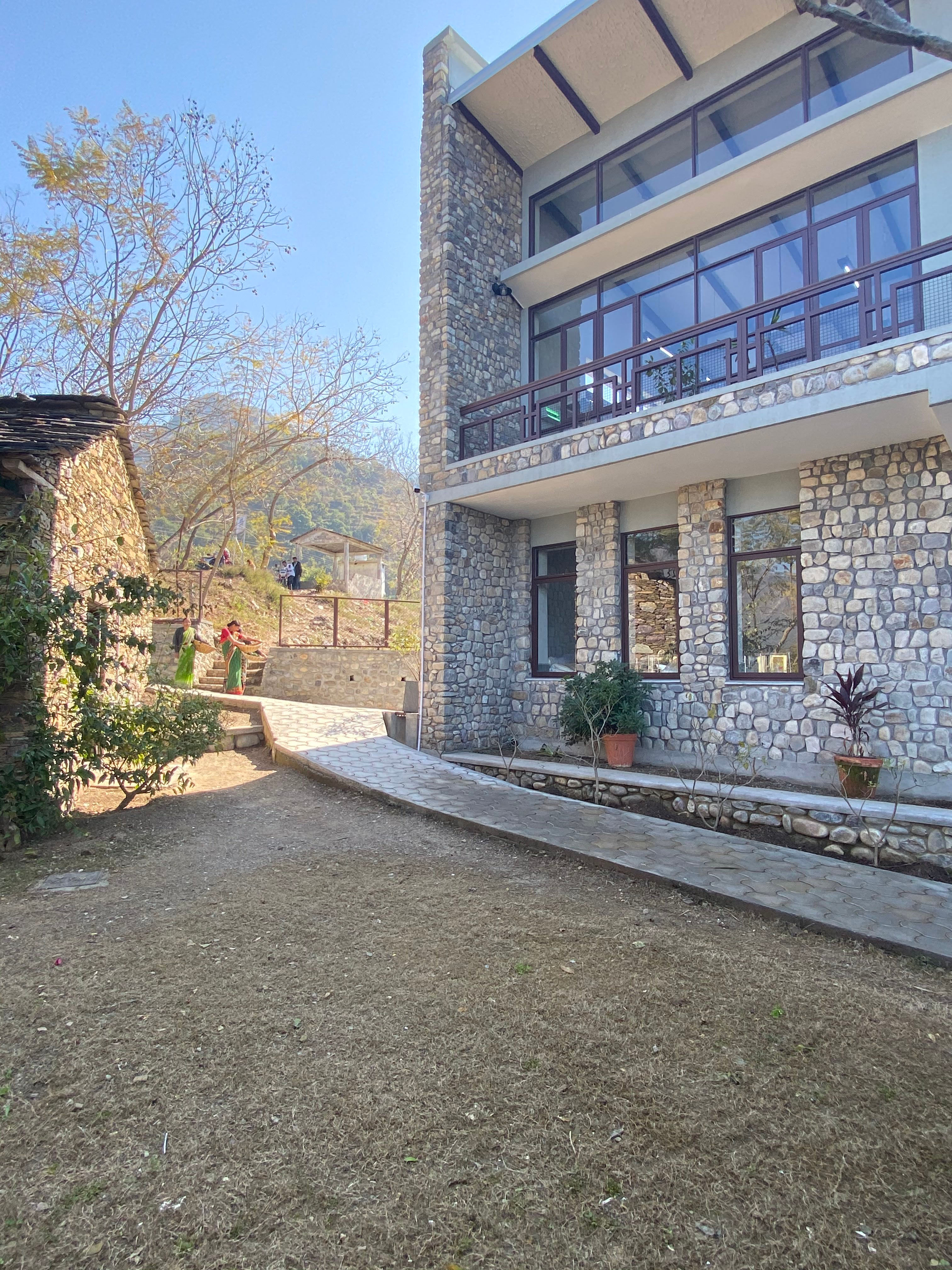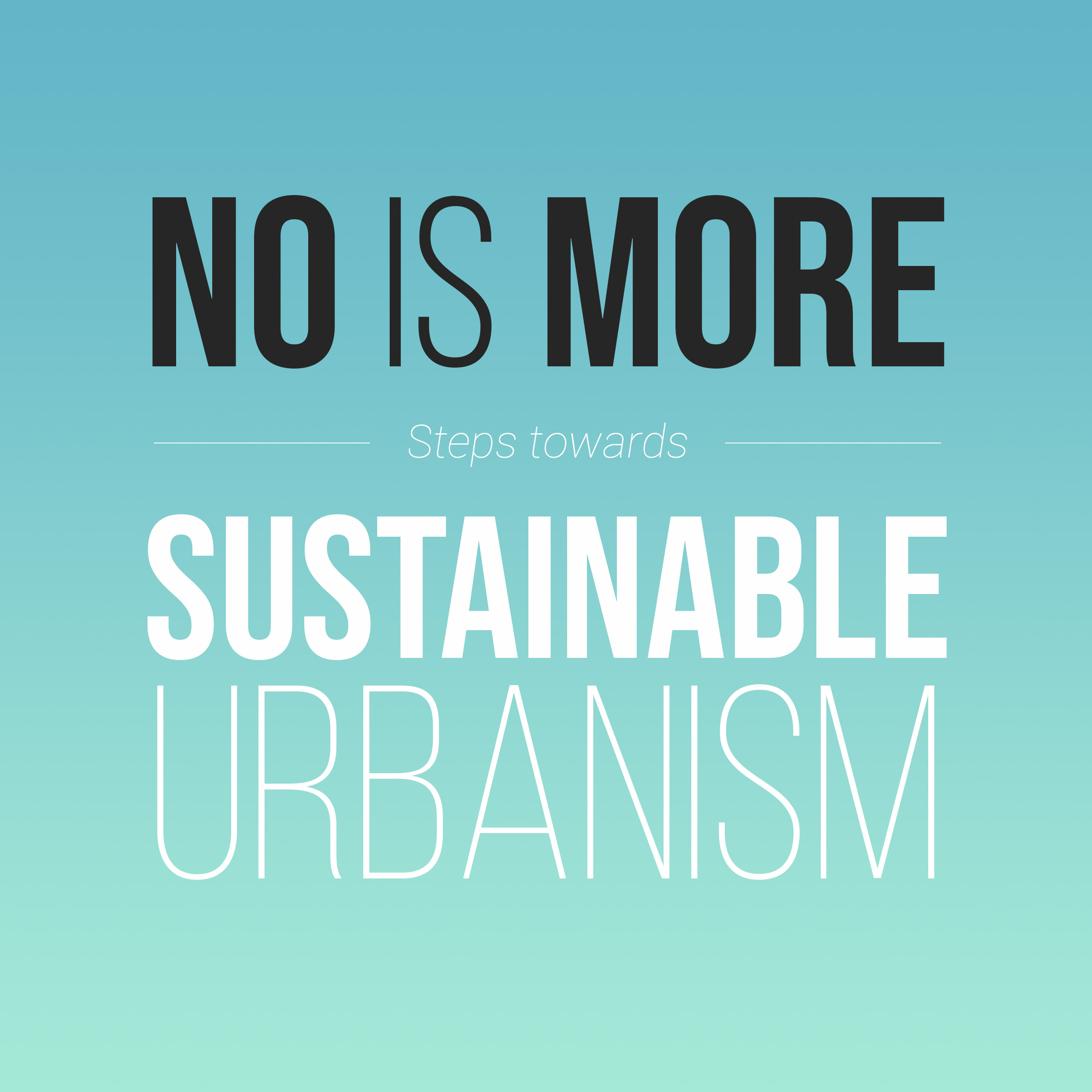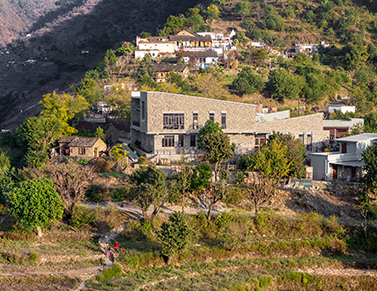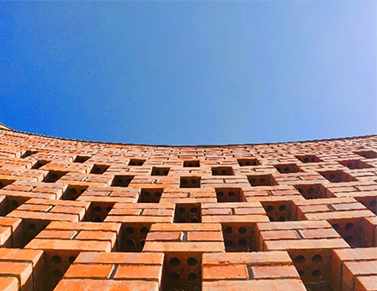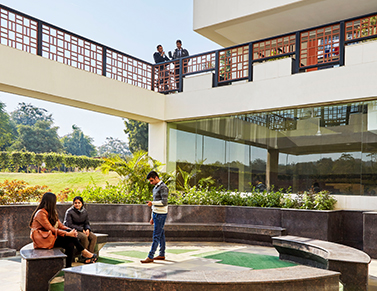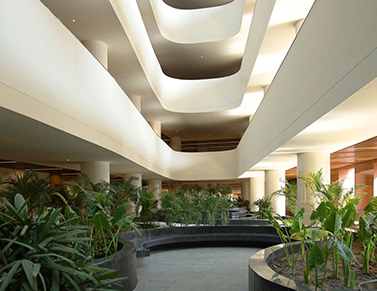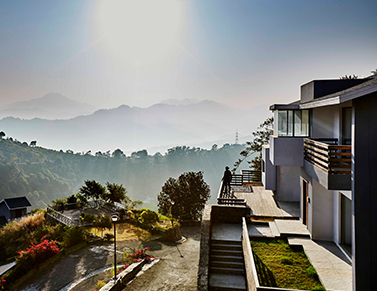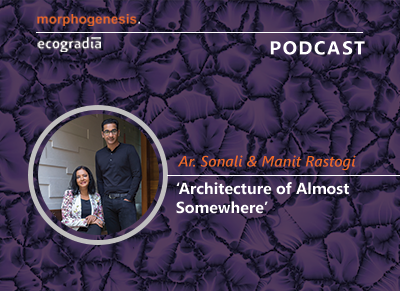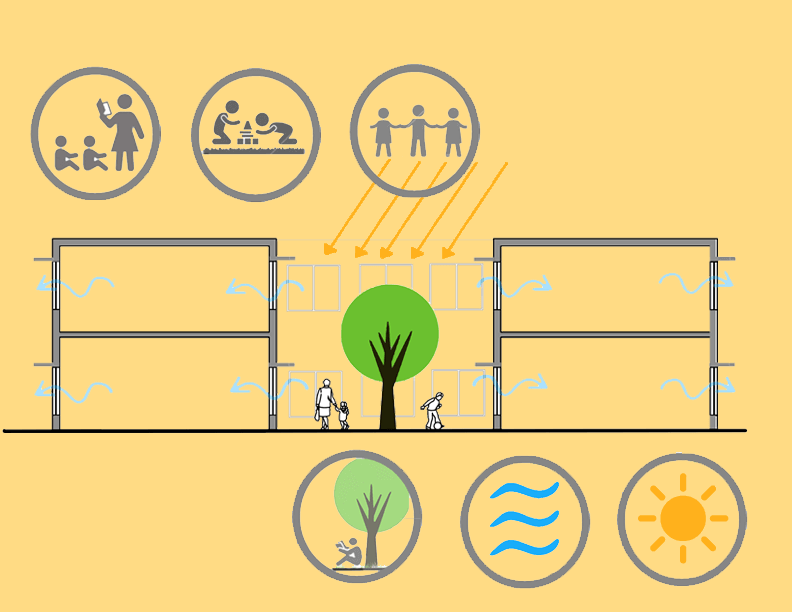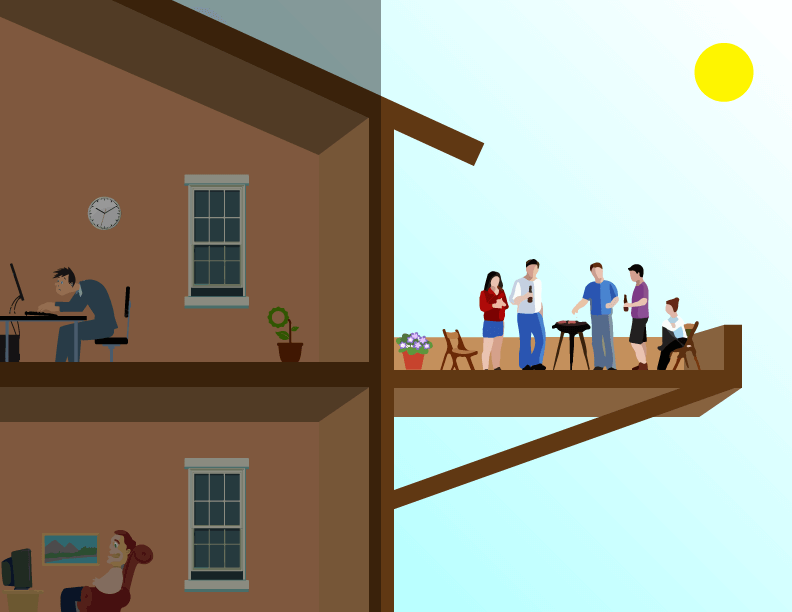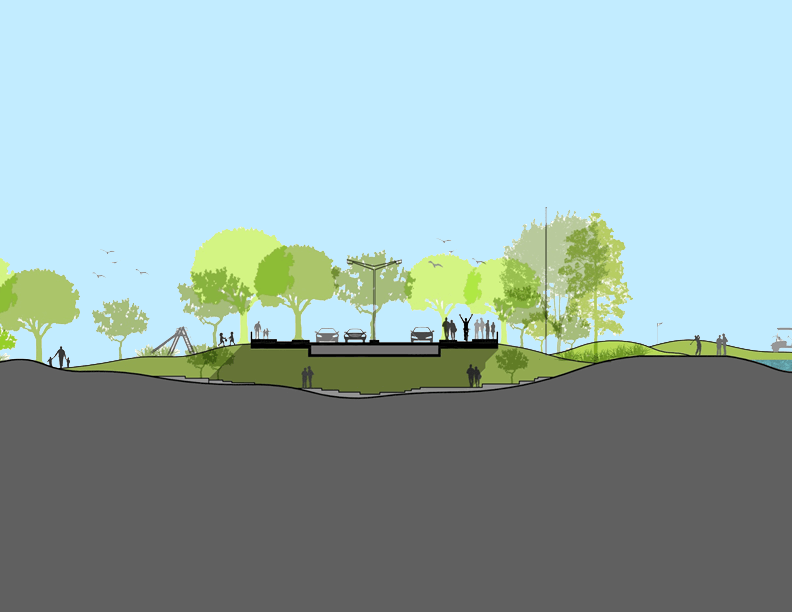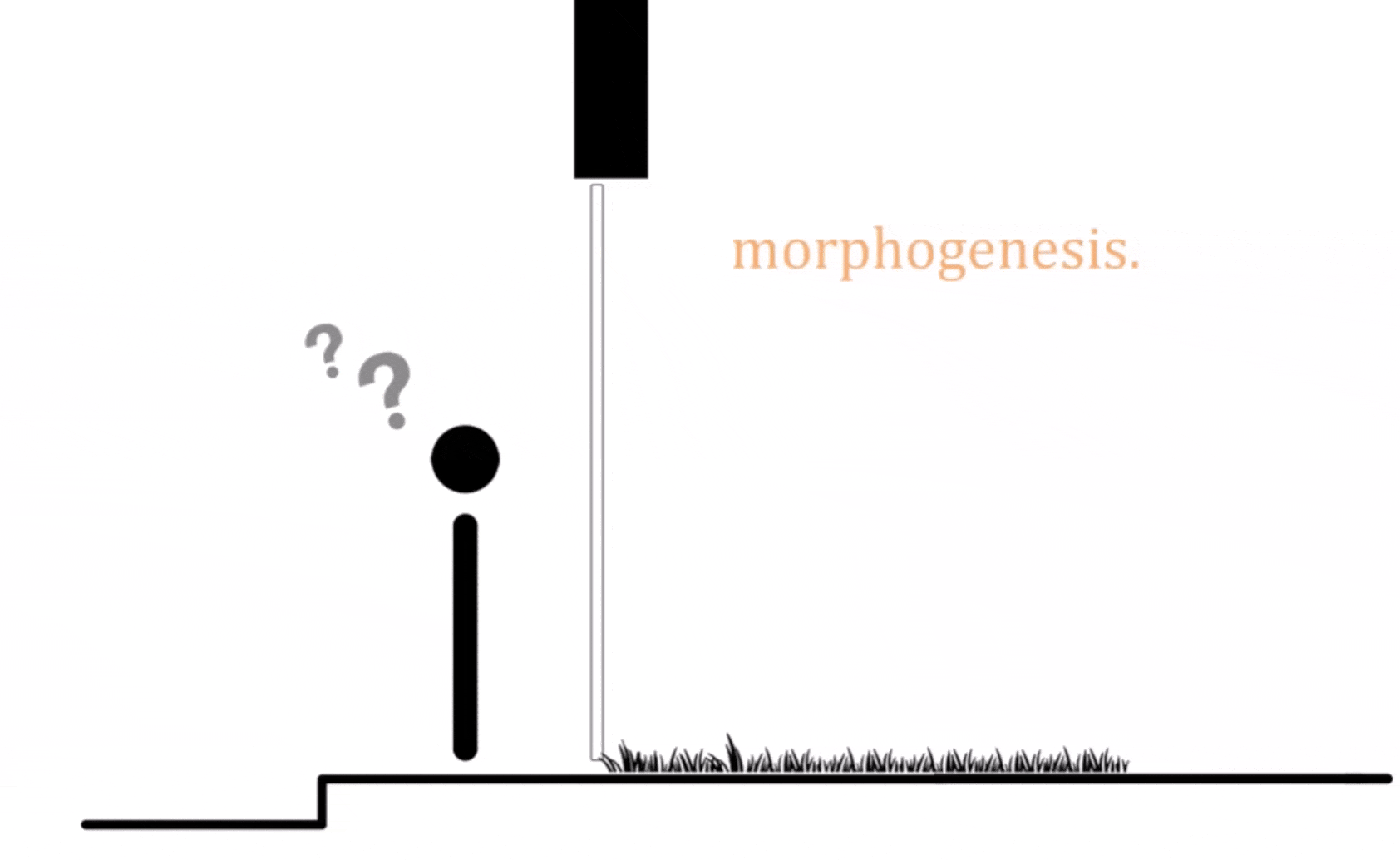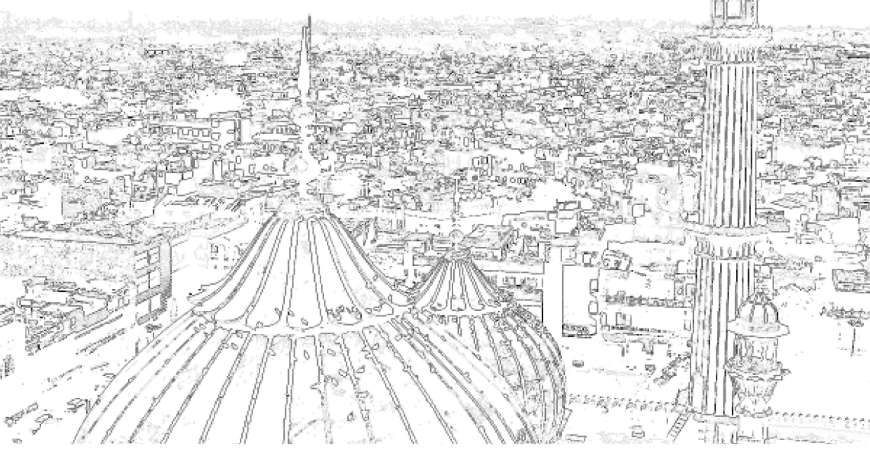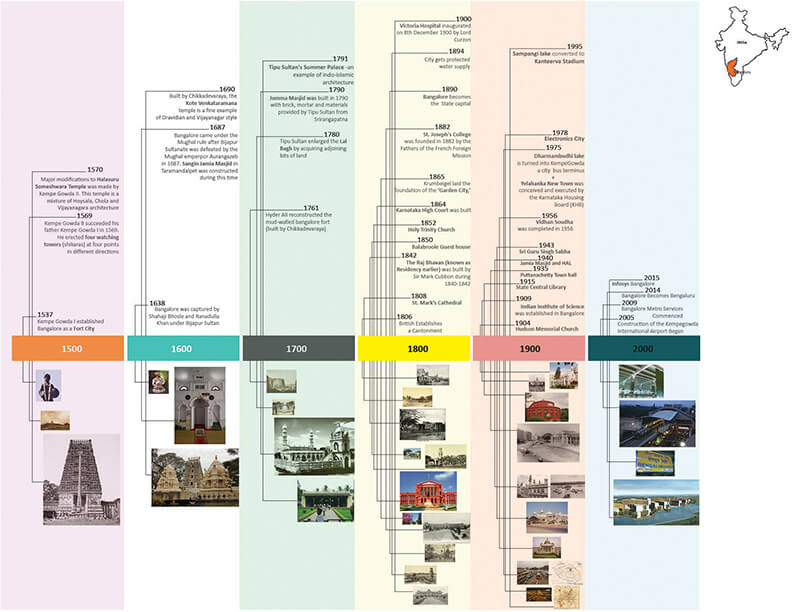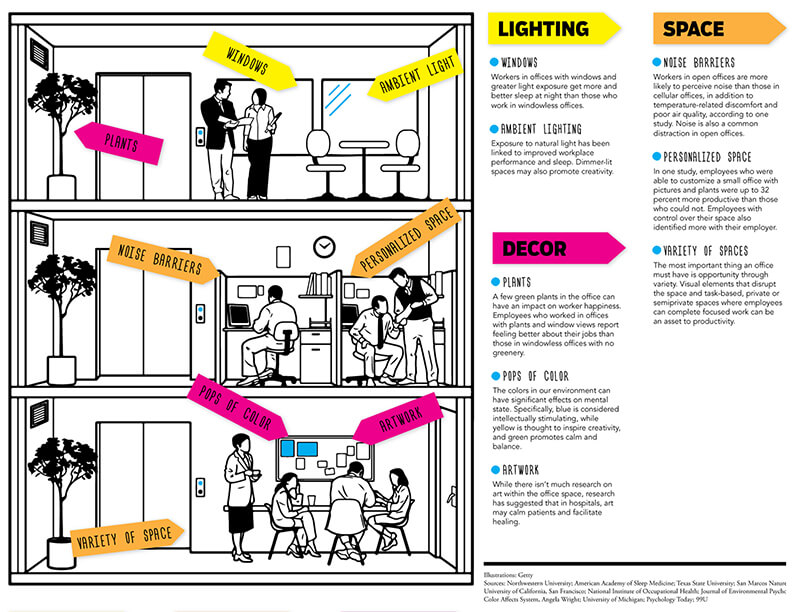“Like the spider with its web, so every subject weaves relationship between itself and particular properties of objects; the many strands are then woven together and finally form the basis of the subject’s very existence.” — Jakob von Uexkull
Man tends to weave relationships with his surroundings; he grasps vital relations to bring order into his world, adapting physiologically in the process. Human actions have a spatial aspect attached to them that are related to orientation and existence. Relationships like inside and outside, near and far away, above and below are spatial qualities that explain orientation. Man associates these with his daily activities such that space becomes part of his existence, building a mutually adaptive association with the human body. “Architectural space can be defined as a concretization of man’s existential space.” (Norberg-Schulz 1971). Man, from the beginning of time, has built space according to his needs; a space that was formed by what he wanted to see, hear, smell and touch. The environment became alive by his choice of objects, and thus he could relate his dwelling in the world with the space around him.
The existence and life of the environment is felt by the senses. Each aspect of the space influences the mind – the touch of the materials, the sound of the space, the smell of the air; all these work together to form an experience of space. “A real architectural experience is not simply a series of retinal images; a building is encountered – it is approached, confronted, encountered related to one’s body, moved about, utilized as a condition for things” (Pallasma 2006).
The experience starts from the approach to a place. The approach forms the path of preparation for the user to free the mind of all external noise and concentrate on the space and his existence. It is like visiting a church. It’s generally a straight path to the altar, however, the high ceiling of the naïve, the frescoes around and the stained glass windows constitute an atmosphere of contemplation; such that before a person reaches the altar, all his worldly worries have mellowed down and he is conscious of himself and his God to have a personal interaction with Him. The path may alter the experience in various ways.
The path provides the opportunity for interaction between spaces. “…thoughts are communicated in the silence of phenomenal experiences.” (Holl 1993). Series of experiences form a path of exploration that draws the user into a world of discovery. Spaces flow into each other creating a fluid movement sequence of variable perspectives. “Perspectives of phenomenal flux, overlapping perspective space is the “pure space” of experiential ground.” (Holl 1993).
Space Kinesthetics
The interaction of various spaces between one another forms an important aspect of space-making. “The visual perception at the human eye-level while moving through the space provides the only accurate reality of spatial experience.” (Pandya 2005). Objects placed above or below eye-level may be perceived differently, just like movement in horizontal space is very different from movement in the vertical direction. 
Experience based spaces are designed keeping the movement of human eye in mind and are thus rendered effective. Vistas unfold sequentially forming a process of concealment and revelation bringing in an element of exploration. This is enhanced by changing perspectives and shifting visual axes. Buffers may provide places of rest and contemplation. The whole architecture is thus experienced while moving through the space that is orchestrated by the perception of the senses. Space becomes alive and the individual has the “sense of presence”.
REFERENCES
Alberto Perez-Gomez, Juhani Pallasmaa, and Steven Holl. 2006. Questions of Perception-Phenomenology of Architecture. William Stout Publishers, San Francisco, USA .
Christian Norberg-Schulz. 1971. Existence space & architecture. Praeger Publishers, New York, USA.
Steven Holl. 1993. Steven Holl. Artemis Verlags AG, Zurich, Switzerland.
Yatin Pandya. 2005. Concepts of Space in Traditional Indian Architecture. Mapin Publishing Pvt. Ltd., Ahmedabad, India.

